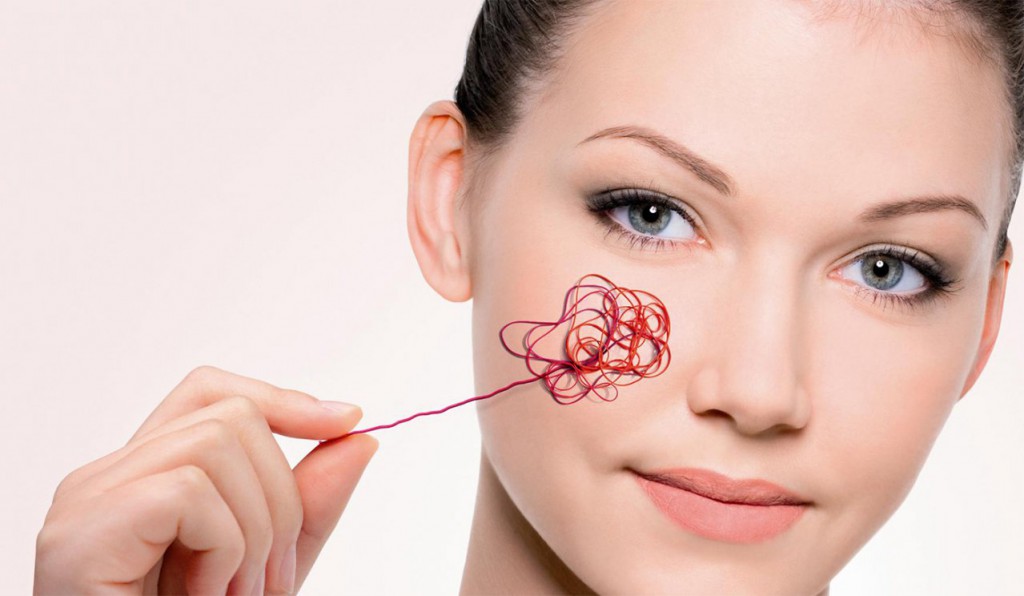 The problem with breaking blood vessels concerns many people. But does redness appearing from time to time or a temporary allergy also have something to do with capillary skin? You just need to do a small test and you’ll know how to take care of your face properly.
The problem with breaking blood vessels concerns many people. But does redness appearing from time to time or a temporary allergy also have something to do with capillary skin? You just need to do a small test and you’ll know how to take care of your face properly.
Capillary skin – characteristics
Capillary skin is a female affliction that can be acquired in childhood. Enlarged blood vessels most often occur in women with pale complexion with I and II phototype, with sensitive skin, thin, dry, prone to allergies and delicate. Sometimes red spider veins also appear on oily, combination or mature skin. You will recognize the capillary skin after the red spots that appear on the face, neck and neckline, and disappear after some time (in some cases they remain permanently). Such changes arise as a result of improper dilation and contraction of capillaries that are visible through the epidermis.
How to determine capillary skin?
All you need to do is a quick test. You have capillary skin, if:
- your skin turns red under the influence of strong emotions,
- you can see dilated capillaries on your cheeks,
- erythema appears on the skin due to the effect of rapid temperature change
- when you drink alcohol or eat spicy meals, red spots appear on your skin,
- your family members had broken capillaries.
How to take care of capillary skin?
If you already know that you have a problem with capillary complexion, you should start taking care of it as soon as possible. Otherwise, rosacea may appear on your face, i.e. redness of the face, erythema and single broken blood vessels. Factors that contribute to this disease are:
- drinking alcohol and eating spicy food,
- use of irritating cosmetics,
- sun radiation, high and low temperatures,
- sauna and exercises,
- air dryness or humidity,
- emotional factors.
Enlarged blood vessels may also indicate many diseases, including: hypertension, hormonal disorders, diseases of the digestive system.

Leave a Reply